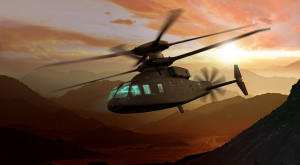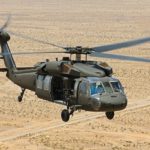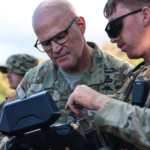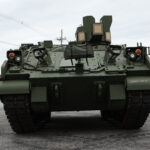
When the U.S. Army introduces a new rotorcraft platform sometime in the mid-2020s, it will field them with new high-echelon aviation units instead of disrupting existing Combat Aviation Brigades (CABs) that fly legacy helicopters.The Army is intent on buying both a dedicated armed reconnaissance aircraft and a long-range assault replacement for the UH-60 Black Hawk under the Future Vertical Lift program. As the new aircraft come online, they will equip new corps-level aviation units that will report directly to a…

 By
By 











